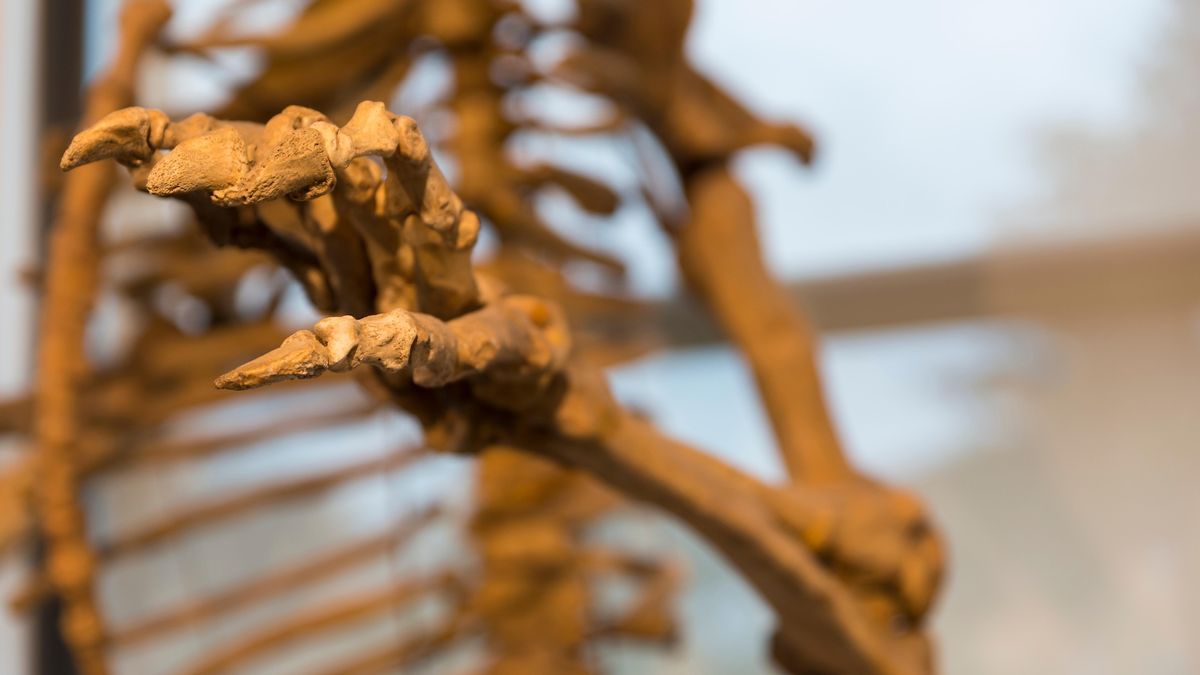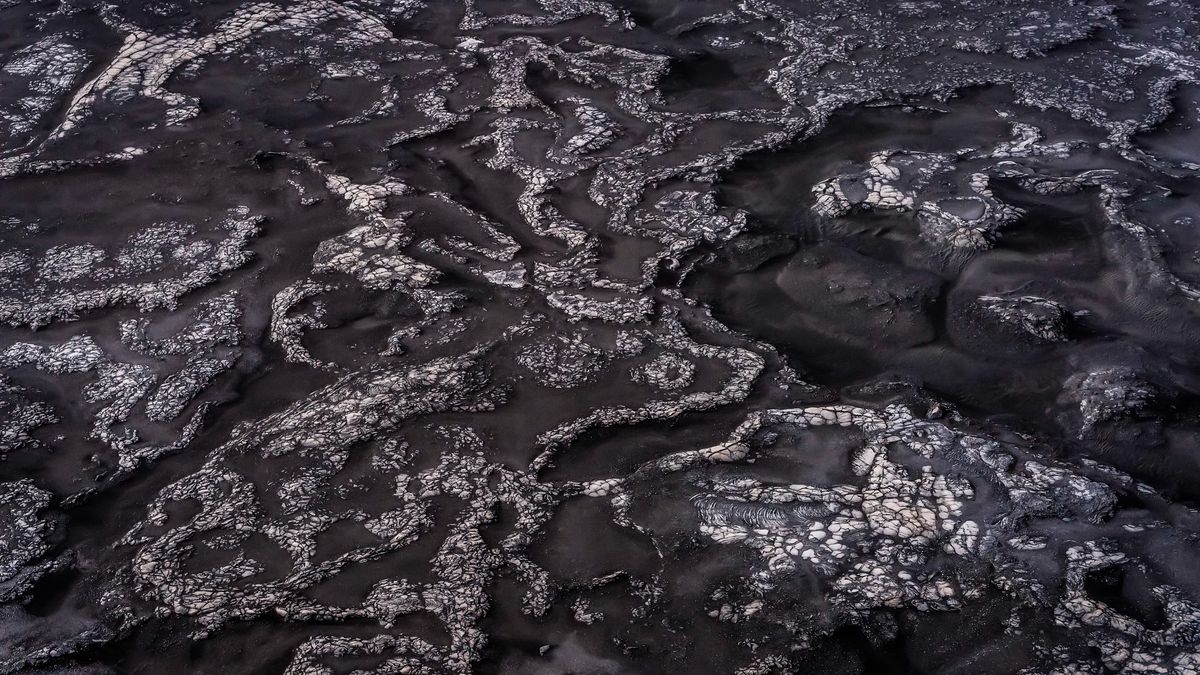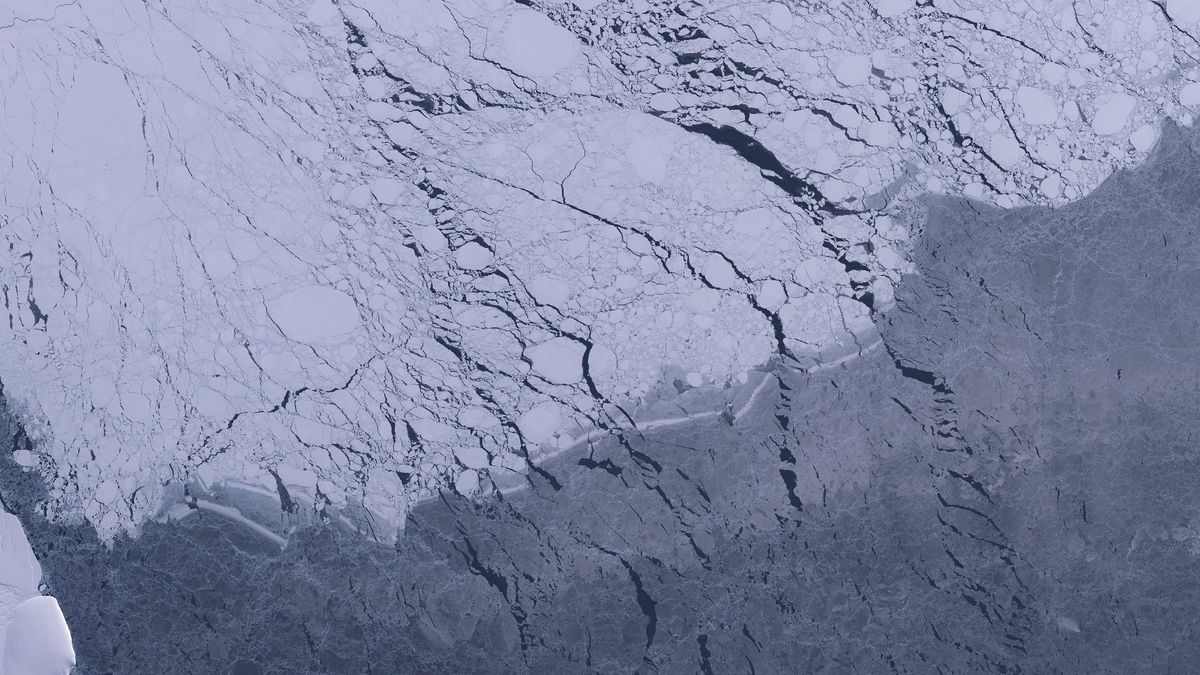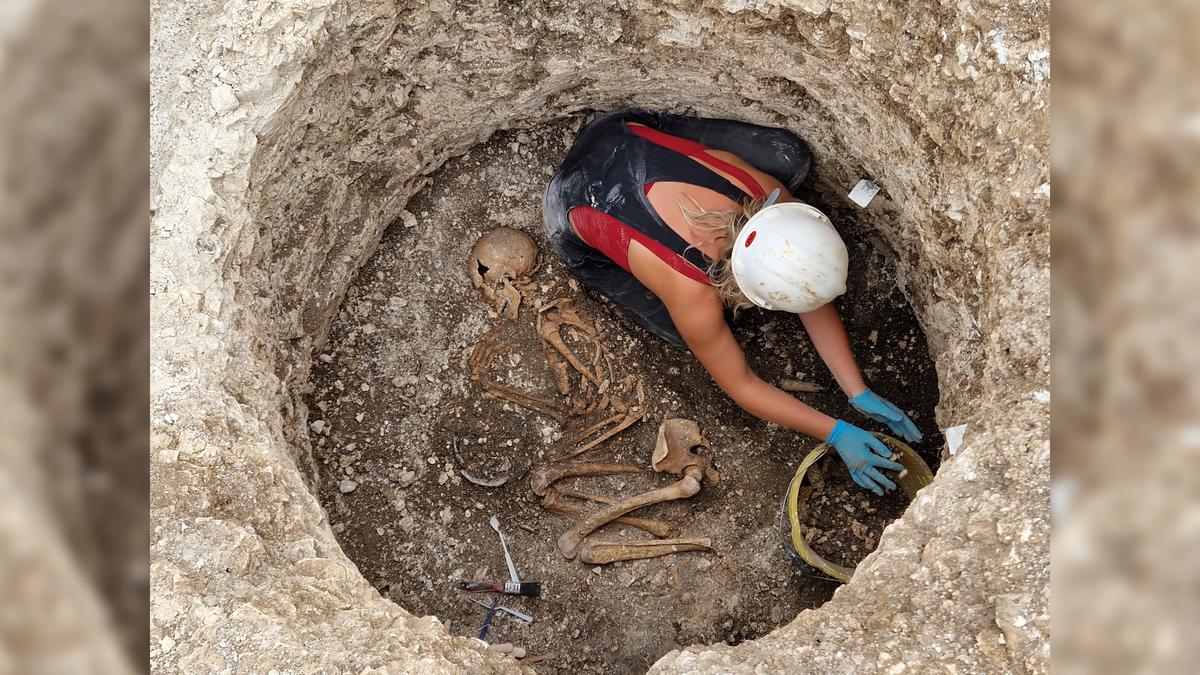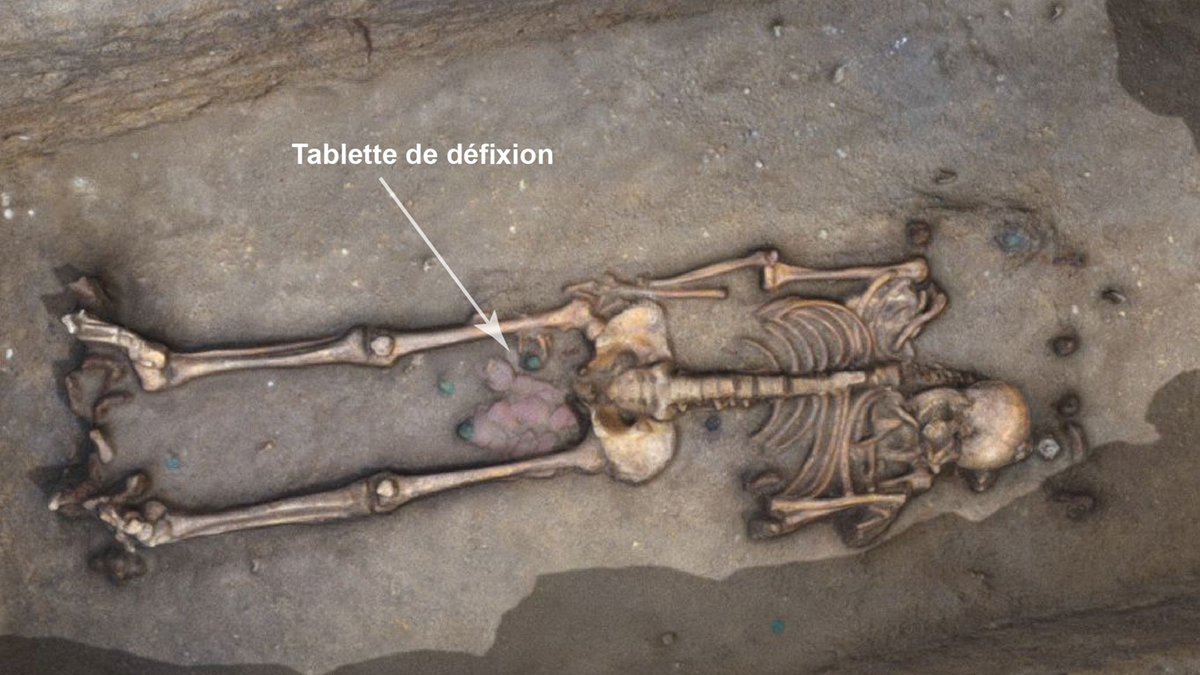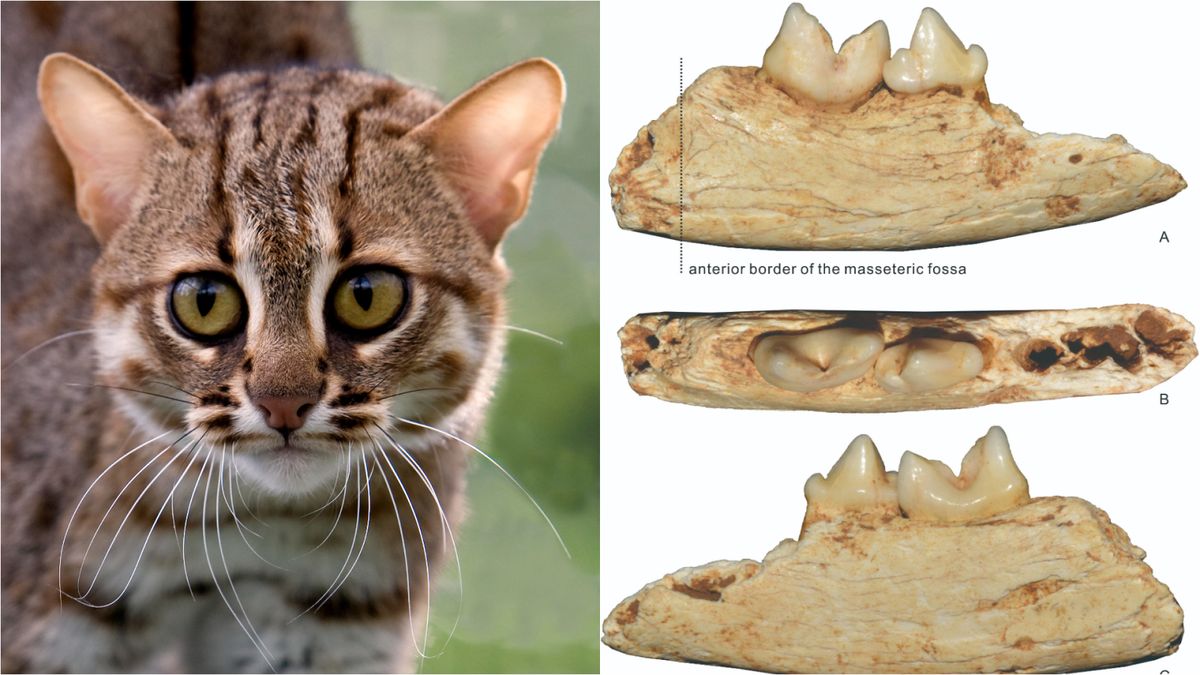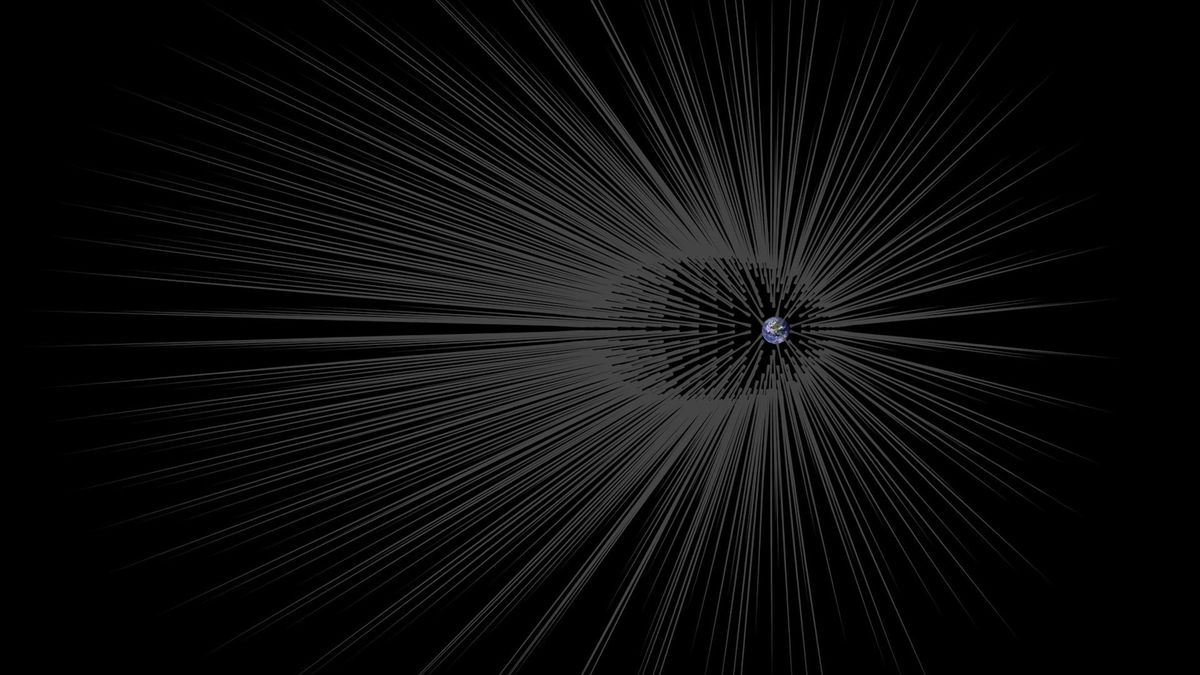The 20,000-year-old fossilized bones of “Ushikawa Man,” thought to be some of Japan’s most ancient human fossils, are not what scientists believed they were, new research finds.
Instead, they are the bones of an ancient bear.
The fossils were found in the late 1950s in the city of Toyohashi, about 140 miles (225 kilometers) southwest of Tokyo. But Gen Suwa, an anthropologist at the University of Tokyo who led the new project, told Live Science that doubts about the Ushikawa fossils were first raised in the late 1980s, and had continued since then.
The new research, published Dec. 1, 2024 in the journal Anthropological Science, shows beyond a doubt that the bones are from an ancient brown bear, Suwa said in an email.
He added that the bones of bears were rarely found in archaeological sites in Japan from this time, and so Japanese scientists — including the paleontologists who found the fossils in the 1950s — had a limited understanding of what bear bones could look like. Even so, these scientists had made “detailed and very accurate” descriptions, and also collected large numbers of fossilized skeletal remains over several decades, Suwa said.
Related: Ancient bones reveal previously unknown Japanese ancestors
Old bones in Japan
The fossils are named for the Ushikawa district of Toyohashi, where they were unearthed during excavations at a quarry between 1957 and 1959. Suwa said Japanese scientists at that time thought a different bone fragment known as “Akashi Man” was the earliest human fossil from mainland Japan, perhaps more than 780,000 years old; but the fossil was destroyed in an Allied air raid on Tokyo during World War II.
In the 1980s, an anatomical analysis in the 1980s of a plaster cast of the lost Akashi fossil indicated it was probably a fragment of a recent human arm bone that had been washed into a different archaeological layer and then mineralized. That finding led to greater attention on the Ushikawa fossils, Suwa said.
The Ushikawa fossils were initially presented as a humerus bone from the upper arm and the end or head of a femur bone from the leg of a human who had lived more than 20,000 years ago. But in the new study, a visual examination and computed tomography (CT) scan revealed that the supposed human humerus was probably the radius bone from the forearm of a brown bear (Ursus arctos) from about that time, while the head of the femur was also determined to be from a bear, Suwa said.
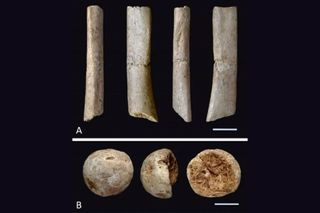
Prehistoric fossils
The discovery that the Ushikawa fossils are not human means the oldest human fossils found on the Japanese mainland are from a limestone quarry near the Japanese city of Hamakita, about 25 miles (40 km) east of Ushikawa.
They comprise fragments of a human leg bone, arm bone, collar bone and skull that are thought to be from two different people — one who lived about 14,000 years ago and another who lived about 17,000 years ago.
Human fossil remains have also been found on Japan’s Ryukyu Islands — also known as the Nansei Islands — situated about midway between Japan and Taiwan. Scientists think the youngest of these fossils date from about 18,000 years ago, while the oldest may date from up to 32,000 years ago.
The latest finding in Japan is not the first time that human and bear bones have been confused: A bone found in a cave in Alaska in the 1990s was once thought to be from a bear, but new research has shown that it is from a Native American woman who lived about 3,000 years ago.





